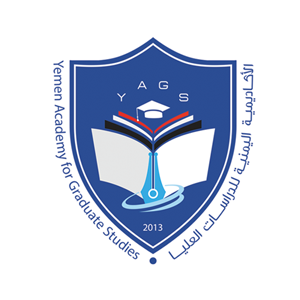Export Promotion and Its Role in Economic Development in the Republic of Yemen During (2001 – 2014)
Keywords:
exports, economic development, investment, savings, savings gapAbstract
The study dealt with the importance of exports and their role in achieving economic development and in supporting economic stability. The study also discussed the development of investment and savings in the Republic of Yemen, in addition to using the three gaps model to estimate the three gaps that restrict investment and growth represented by the savings gap, trade gap (foreign exchange) and the financial gap. The study addressed the most important tangible exports (agricultural and fisheries exports, oil and gas exports), intangible exports (tourism receipts and expatriate remittances), and the problems that limit its ability to increase foreign exchange flows, and means of its development, using the descriptive and analytical approach in the study. the study concluded that exports have an important role in economic development, through increasing foreign exchange flows needed to finance investment projects. The study also concluded that the savings gap was the ruling gap during the years 2002 and 2003, while the three gaps achieved a surplus during the years 2001, 2004, 2005, and the trade (foreign exchange) gap was the ruling and restricting gap for investment and growth during the period 2006-2014, which means that foreign exchange flows were the ruling restriction on investment in the Republic of Yemen. Hence, it is necessary to pay attention to the development of foreign exchange sources so that the country could achieve its economic and social development.
Downloads
Downloads
Published
Issue
Section
License

This work is licensed under a Creative Commons Attribution 4.0 International License.
Copyright and Licensing
copyright is retained by the authors. Articles are licensed under an open access Creative Commons CC BY 4.0 license, meaning that anyone may download and read the paper for free. In addition, the article may be reused and quoted provided that the original published version is cited. These conditions allow for maximum use and exposure of the work.

